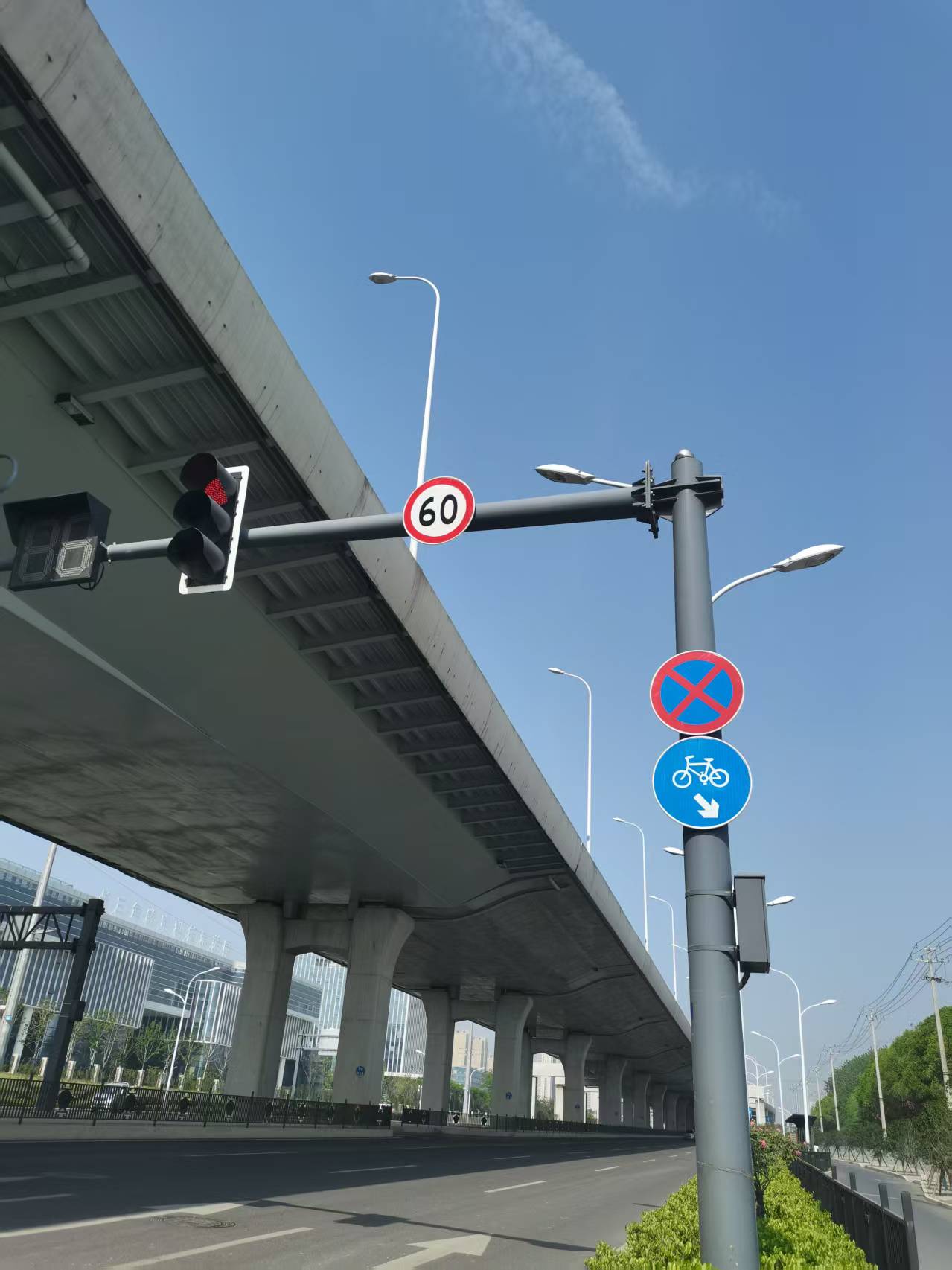العوامل الرئيسية التي يجب مراعاتها عند اختيار فيلم عاكس لإشارات الطريق
وقت الإصدار: 2025-10-23
جدول المحتويات
يلعب الفيلم العاكس دورًا أساسيًا في تحسين الرؤية والسلامة في مجموعة واسعة من التطبيقات، بدءًا من إشارات المرور وعلامات الطرق وصولًا إلى ملصقات المركبات وسترات السلامة وشاشات العرض الإعلانية. مع تعدد الأنواع والدرجات المتاحة في السوق، قد يكون اختيار الفيلم العاكس المناسب أمرًا صعبًا. لاتخاذ القرار الأمثل، من المهم فهم العوامل الرئيسية التي تحدد الجودة والأداء والقيمة على المدى الطويل.
1. السطوع والانعكاسية
الميزة الأكثر أهمية للفيلم العاكس هي انعكاسيته - مدى فعالية عكس الضوء إلى مصدره.
أفلام عالية السطوع مثل أفلام الماس أو فيلم عاكس منشوري عالي الكثافة توفر رؤية فائقة، خاصةً في الليل أو في الأحوال الجوية السيئة. تستخدم هذه الأفلام تقنية المنشور الدقيق، التي تعكس ضوءًا أكثر من أفلام الخرز الزجاجي التقليدية.
إذا كان سيتم استخدام الفيلم لإشارات الطرق أو تطبيقات السلامة، فاختر دائمًا الفيلم الذي يتمتع بانعكاسية أعلى لتحقيق أقصى قدر من الأمان والرؤية.
2. المتانة ومقاومة الطقس
يُستخدم الفيلم العاكس بكثرة في الأماكن الخارجية، حيث يتعرض لأشعة الشمس والمطر والغبار وتغيرات درجات الحرارة. لذا، تُعدّ المتانة عاملاً أساسياً.
تتميز الأفلام العاكسة المتميزة بطبقات مقاومة للأشعة فوق البنفسجية وطبقات مقاومة للماء تمنع البهتان أو التشقق أو التقشير بمرور الوقت.
للتطبيقات طويلة الأمد، مثل إشارات المرور أو علامات المركبات، اختر غشاءً بعمر خدمة لا يقل عن 7-10 سنوات. أما المشاريع الترويجية أو الداخلية قصيرة الأمد، فيمكن استخدام خيارات أقل جودة لتوفير التكاليف.
3. نوع المادة العاكسة
تأتي الأفلام العاكسة في أنواع مختلفة من المواد، مثل:
- فيلم عاكس من الخرز الزجاجي:اقتصادية ومناسبة للاستخدام على المدى القصير.
- فيلم عاكس منشوري دقيق:أكثر إشراقًا، وأكثر متانة، ومثالية لاحتياجات الرؤية العالية.
- فيلم عاكس بدرجة هندسية:اختيار متوازن لإشارات الطرق العامة وعلامات السلامة.
يساعدك فهم هذه الفئات على مطابقة الفيلم المناسب لمشروعك وميزانيتك المحددة.
4. المادة اللاصقة وسطح التطبيق
لا تلتصق جميع الأفلام العاكسة بنفس الأسطح بشكل جيد.
قبل الشراء، فكر فيما إذا كنت ستطبق الفيلم على المعدن، أو البلاستيك، أو القماش، أو الأسطح المطلية.
تستخدم الأفلام عالية الجودة عادةً مواد لاصقة حساسة للضغط تضمن التصاقًا قويًا مع السماح بالتركيب السهل.
بالنسبة للأسطح المنحنية أو المزخرفة، اختر فيلمًا مرنًا يمكنه التكيف دون التجعد أو الرفع.
5. اللون والمظهر
تتوفر الأفلام العاكسة بألوان مختلفة - الأبيض والأصفر والأحمر والأخضر والأزرق والظلال الفلورية.
يعتمد اختيار اللون على تطبيقك:
- الأبيض أو الأصفر لإشارات الطريق
- اللون الأحمر لعلامات التحذير والتوقف
- أزرق أو أخضر للعلامات الإرشادية
في العلامات التجارية أو الإعلانات، يمكنك أيضًا اختيار الأفلام العاكسة المطبوعة حسب الطلب لتحقيق الجاذبية الجمالية والأداء الآمن.
6. الشهادات والمعايير
وأخيرا، تأكد من أن فيلم عاكس لإشارة المرور يُلبي معايير الجودة والسلامة الدولية ومتطلبات هيئة المرور المحلية. تضمن الأفلام المعتمدة أداءً ومتانةً ثابتين، خاصةً في البيئات المهنية أو التنظيمية. اختيار الفيلم العاكس المناسب لا يقتصر على السطوع فحسب، بل يتعلق أيضًا بموازنة الأداء والمتانة والتكلفة واحتياجات التطبيق.
سواء كنت تعمل في مجال السلامة على الطرق، أو وضع العلامات الصناعية، أو التصميم المرئي، فإن فهم هذه العوامل الرئيسية سيساعدك على اتخاذ خيار ذكي وطويل الأمد يضمن الرؤية والسلامة والقيمة لسنوات قادمة.


